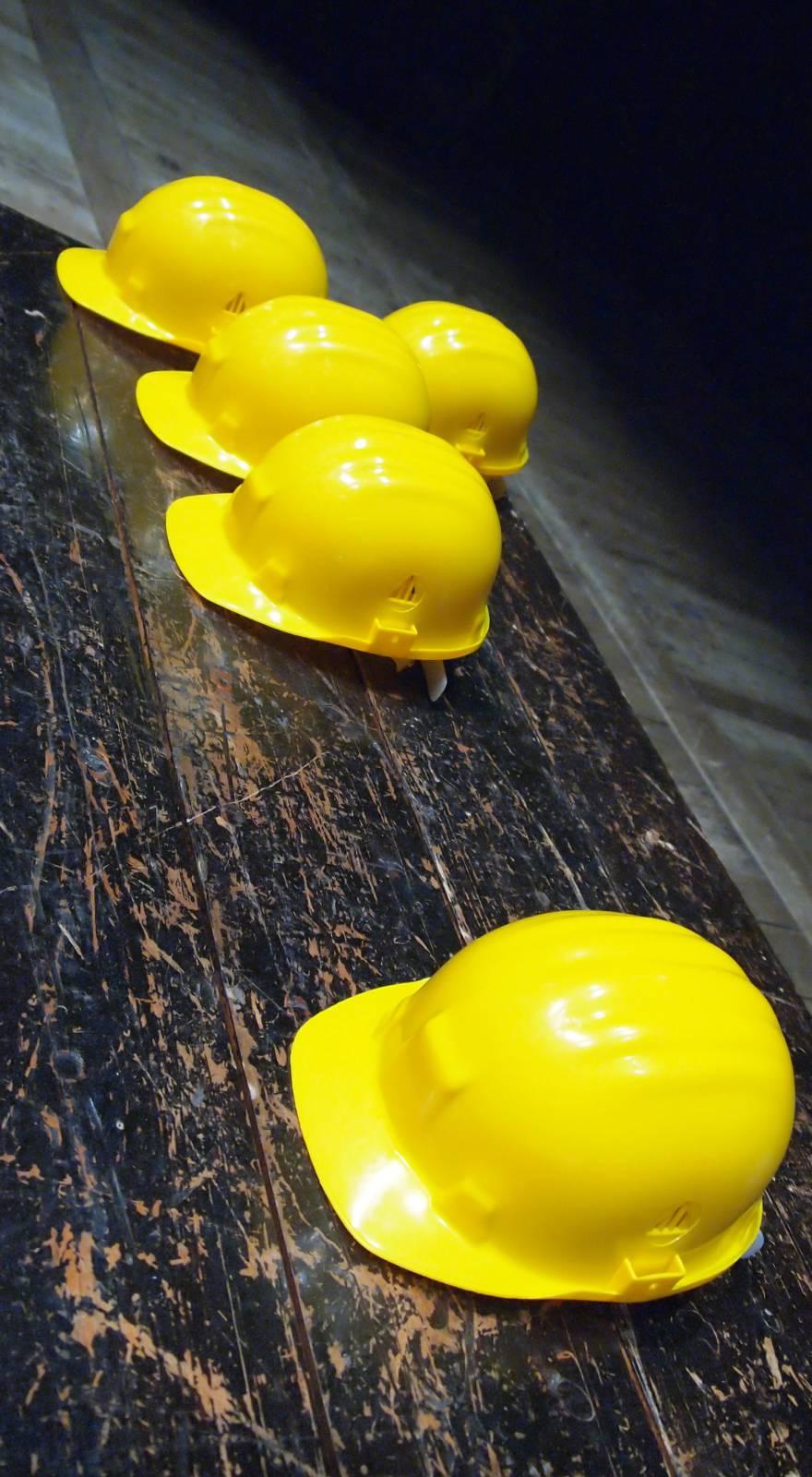Knowde Enhanced TDS
Identification & Functionality
- Product Type
- Technologies
- Product Families
Features & Benefits
- Labeling Claims
- Ready-to-Use Product Features
- Product Highlights
- Butyl-Tite is formulated as a ready-to-use, cold applied, preformed to size material.
- It is very easy to apply and is permanently bonded.
- It will not oxidize or stiffen and has an effective service life from -40° to +180° Fahrenheit.
- Butyl-Tite is non-staining and contains no asbestos fiber or volatile materials.
Applications & Uses
- Markets
- Applications
- Application and Installation
- Butyl-Tite requires no special tools.
- It bonds instantly to joint surfaces and to itself forming a continuous watertight seal around the periphery of the joint.
- Joint surfaces should be as clean and dry as possible before application. All surfaces should be inspected for any structural damages that might impair the sealing effectiveness of the Butyl-Tite.
- Because good construction procedures are necessary to assure total performance of Butyl-Tite, be certain the units can be coupled without getting mud and other debris in the joint sealing area or on the Butyl-Tite.
- The trench should be free from ground water.
- The bottom should be on grade and stable.
- Apply Butyl-Tite by pressing in place on the joint surface.
- Suggested positioning on horizontal structures is to place the sealant close to the leading edge of the tongue.
- On vertical structures, it is suggested the sealant be placed at the shoulder of the tongue or groove, whichever is in the upright position.
- Pipe and manhole handling after the Butyl-Tite sealant has been applied should be carefully controlled to prevent bumping the gasket and dislodging it, or covering it with dirt or other foreign materials.
- Any contaminated gasket should be removed and replaced. Always butt ends together - never overlap materials.
- Leave protective film in place during application and handling.
- Once the pipe is in the trench ready to couple, remove protective film from Butyl-Tite.
- Couple the joint using sufficient pressure to compress the seal and complete the joint.
- When the joint is coupled, backfilling can begin immediately.

